The story of Midnight Mass — and why all are welcome with open arms, even those who've come straight from the pub
For the Revd Colin Heber-Percy, a candlelit Midnight Mass service at his parish church in Wiltshire promises packed pews and a child-like anticipation of Christmas.
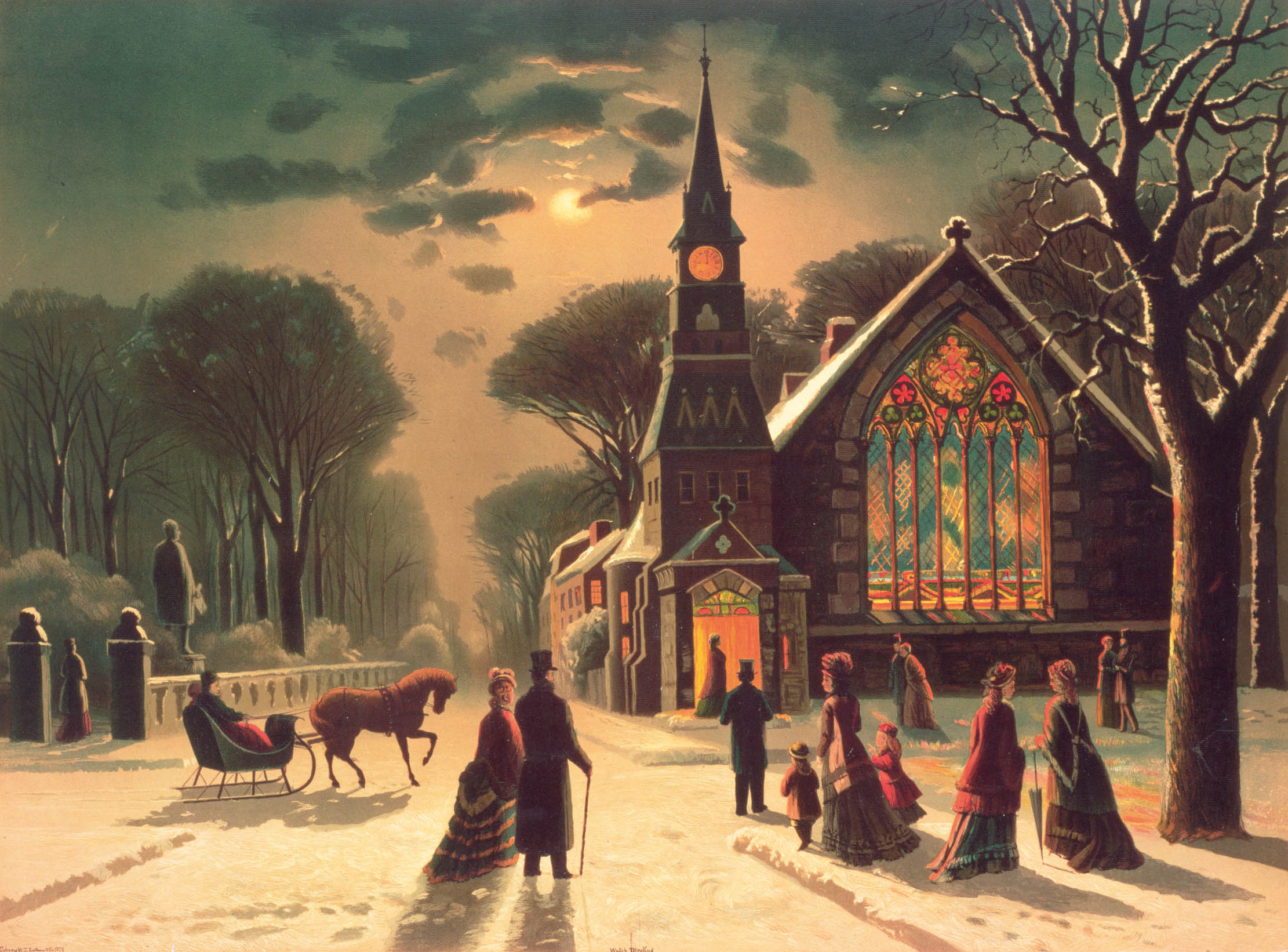

Just before midnight on Christmas Eve, I will hurry up the path to St Michael’s in Shalbourne. I can walk this route with my eyes closed if needs be, but the path to the porch will be illuminated by candles in the stained-glass east window of the little church: flickering spills of red, blue and gold over the frost in front of me. And I will hear the sound of carols.
In this part of Wiltshire, most of our village churches are built from flint ploughed out of the hills and carted down tracks to be mortared into walls, buttresses and stout towers. I love these repositories of prayer, stone boxes in the bends and doubles of the downland, like tufting buttons threading us to this ancient landscape. Perhaps this year we all feel a bit unstitched, as if we’re coming apart at the seams.
Inside, St Michael’s will be filled with greenery: a Christmas tree, ivy twined around the stone columns and holly on the sills, shadows lingering in corners, along the rows of well-thumbed prayer books and under the rackety fuse board, the air resinous and candley.
After a day of rushing to crib services — all tinsel, tea towels and cardboard crowns — there is something grown-up about Midnight Mass, but it comes with a childlike thrill, too. I still look forward to this service all year.
From the early 4th century, the date of Christ’s birth has generally been set at December 25. And yet the birth story is woven, like a single thread, through the tapestry of the Church’s entire year. In Luke’s gospel, the angel Gabriel announces to Mary that she will conceive a child by the Holy Spirit. By way of corroboration, Gabriel tells Mary that her cousin Elizabeth (mother of John the Baptist) is already six months into her pregnancy. Counting backwards from Christmas, we find the Annunciation is celebrated exactly nine months earlier, on March 25. The birth of John the Baptist is remembered on June 24. Now, six months on from then, we reach the end — or the beginning — of the thread, in a stable far from home. A light coming into the darkness.
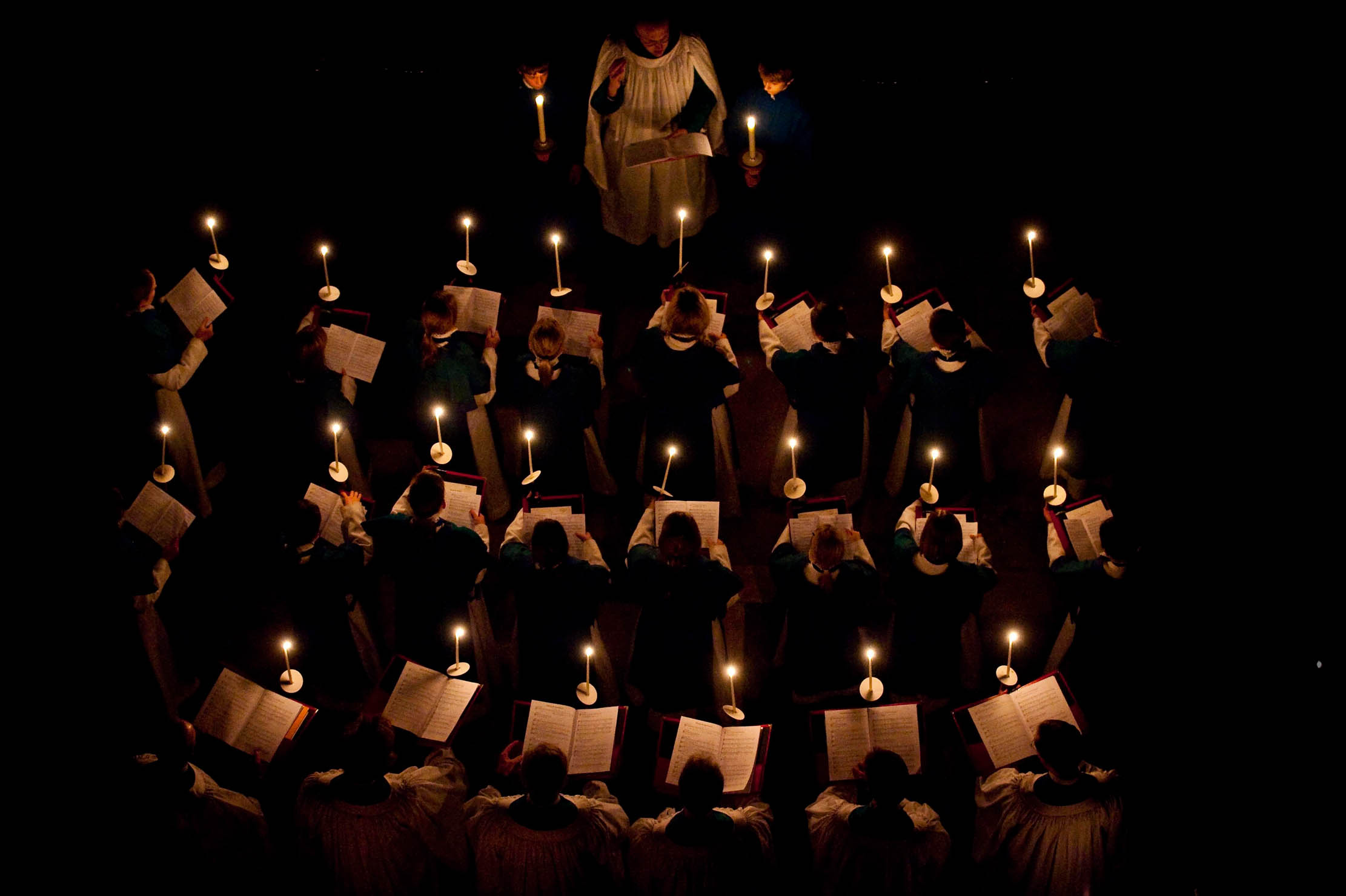
All major feasts in the Church calendar are preceded by a vigil, a time of penitence and preparation. The first Mass, or Eucharist, of the Christmas season takes place at midnight on Christmas Eve. To mark this transition from vigil to feast, from contemplation to celebration, I remove, on the stroke of midnight, the purple stole I have been wearing through Advent and replace it with a stole of gold and white.
At Midnight Mass on Christmas Eve, St Michael’s is always packed. And there are many unfamiliar or half-familiar faces in the pews. Perhaps, therefore, I should begin my sermon as John Calvin did in 1551: ‘Now, I see here today more people than I am accustomed to having at the sermon. Why is that? It is Christmas Day. When you elevate one day alone for the purpose of worshipping God, you have just turned it into an idol. True, you insist that you have done so for the honour of God, but it is more for the honour of the Devil.’
Sign up for the Country Life Newsletter
Exquisite houses, the beauty of Nature, and how to get the most from your life, straight to your inbox.
A little harsh? Across the Reformed Churches in Europe and the US, the elaborate celebration of Christmas was seen by many as a popish invention, an excuse for licence. Feasting, masques and pageants at Christmas in the Middle Ages were accompanied by drunkenness and debauchery. In England, the Puritans did their best to stamp out these practices. In covenanting Scotland, Christmas was abolished altogether. In New England, pilgrim settlers marked Christmas Day — or rather, chose not to mark it — by labouring in the fields.
Standing in the pulpit this Christmas Eve, I can be sure Calvin will not come to mind. I love the way our churches are crowded at Christmas, whether it is with children and parents at crib services or with those who have piled out of The Plough at closing time for Midnight Mass. Rather than berating the congregation, as Calvin did, for their faithlessness, I will welcome them with open arms.
True, for many, this year’s Midnight Mass will be the first time some people have set foot in church since the same service last year. Have we, as Calvin suggests, turned this one day of churchgoing into an idol, a way of honouring the Devil? I do not believe so for a moment. I believe that many will attend Midnight Mass faithfully (although, perhaps, unconsciously) looking for that thread running through their own lives, all life, the whole of creation. It is my role, by scripture and sacrament, to lead them to the place where they may grasp it.
Perhaps they come for the easy familiarity of a cherished family tradition, a childhood memory. Perhaps it is habit. But habit can be hallowed, too. The reformers (who are still with us) might argue that this sentimental repeating of inherited tradition is not ‘real’ worship at all, that it is merely a psychological safety blanket, an over-rehearsed ritual.
The power of ritual was brought home to me this summer when I was Archbishop of Canterbury — for an hour. The local primary school was re-enacting the coronation service to mark the Platinum Jubilee celebrations. We had a Prince Philip, Dukes of Kent and Gloucester, an Earl Marshal, ladies in waiting. And one little girl played the Queen. I guided them through the service. The procession, the symbols of power: sword, spurs, sceptre, orb and crown. And the touchstones of our faith: the Bible, bread, wine and oil.
As I lowered the papier-mâché crown onto Her Majesty’s head, I noticed the little girl’s shoulders were shaking with emotion. By the time the whole congregation shouted ‘God save the Queen!’ many of us — staff and pupils — were in tears. Ritual is potent; it works.
At supper with his friends, Jesus urges those gathered around the table with him to share bread and wine ‘in remembrance of me’. In this ritual act of remembering, it is we who are remembered, re-threaded, put back together, made whole in Him.
With Calvin, I recognise that repeated ritual can be rote, an idol. But much more often it is authentic and heartfelt. Perhaps, when it comes to the ritual of attending Midnight Mass, we should take Ludwig Wittgenstein’s advice and agree that ‘Ritual is permissible only to the extent that it is as genuine as a kiss’. A kiss under the mistletoe, in this case. What I see in the congregations who gather at Christmas for carol services and Midnight Mass is a genuineness, an eagerness not only for the familiar, but for the unexpected, a readiness to follow where the thread leads.
In his second letter to the Church at Thessalonica, St Paul commands his readers to ‘stand firm and hold to the traditions which you were taught’ (2 Thessalonians 2.15). To decry the tradition of Midnight Mass as emptily atavistic or conventional is to miss a profoundly important theological point. This is not merely something we do, it is an expression of who we are. A religious tradition, such as coming to Midnight Mass, requires memory. If we lose our memory, we lose the past and if we lose the past, we lose ourselves. Retrieving the thread again, hearing the Good News again, is a way of finding our true selves again. ‘Let us go now to Bethlehem and see this thing that has taken place’ (Luke 2.15).
The Revd Dr Colin Heber-Percy is a screenwriter and Church of England priest. His book ‘Tales of a Country Parish’ is out now (Short Books, £14.99)

Country Life is unlike any other magazine: the only glossy weekly on the newsstand and the only magazine that has been guest-edited by HRH The King not once, but twice. It is a celebration of modern rural life and all its diverse joys and pleasures — that was first published in Queen Victoria's Diamond Jubilee year. Our eclectic mixture of witty and informative content — from the most up-to-date property news and commentary and a coveted glimpse inside some of the UK's best houses and gardens, to gardening, the arts and interior design, written by experts in their field — still cannot be found in print or online, anywhere else.
-
 Designer's Room: A solid oak French kitchen that's been cleverly engineered to last
Designer's Room: A solid oak French kitchen that's been cleverly engineered to lastKitchen and joinery specialist Artichoke had several clever tricks to deal with the fact that natural wood expands and contracts.
By Amelia Thorpe
-
 Chocolate eggs, bunnies and the Resurrection: Country Life Quiz of the Day, April 18, 2025
Chocolate eggs, bunnies and the Resurrection: Country Life Quiz of the Day, April 18, 2025Friday's quiz is an Easter special.
By James Fisher
-
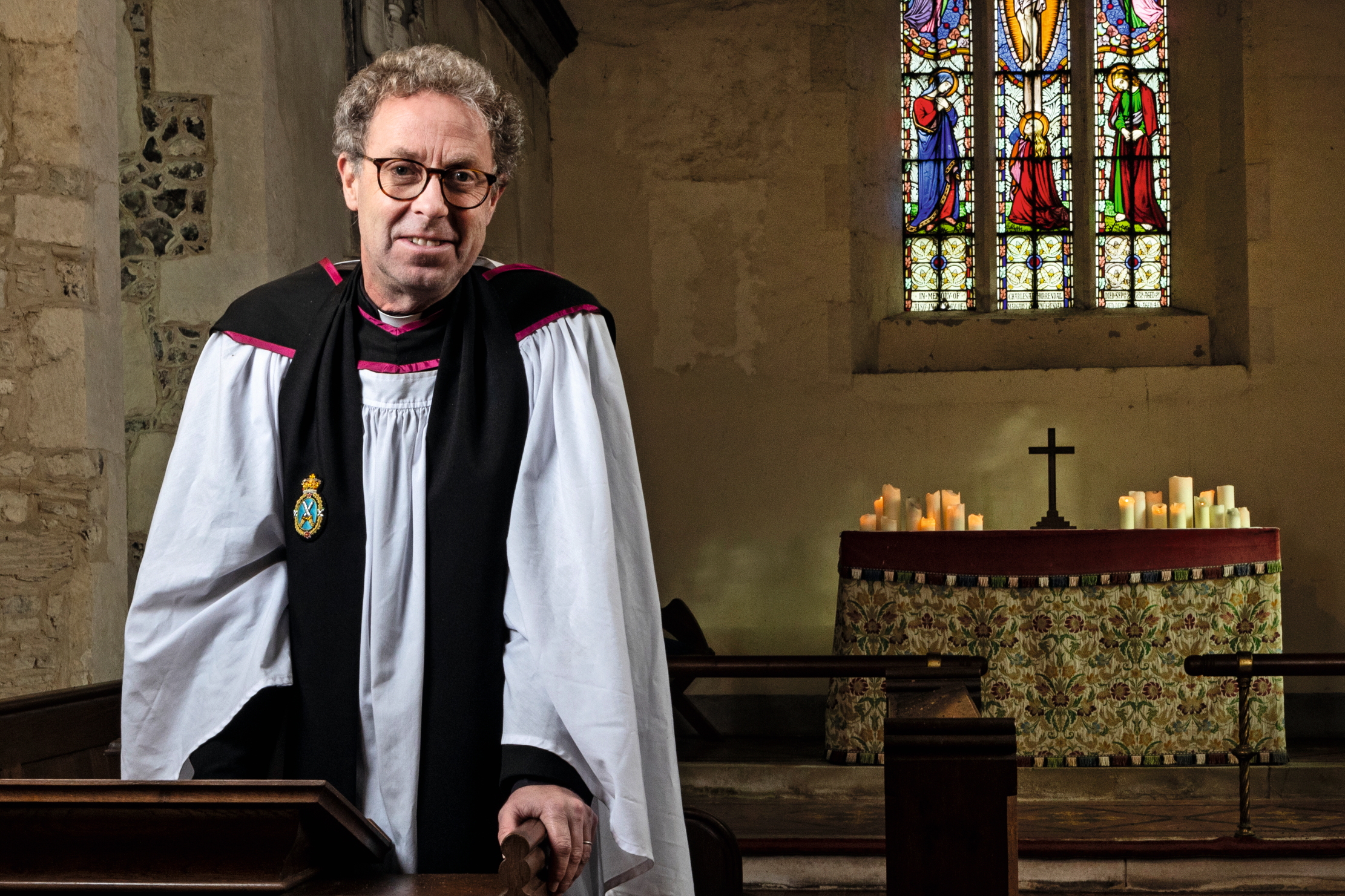 The Country Life Christmas message by Revd Dr Colin Heber-Percy: ‘The most powerful person in the world’ is not an emperor, high priest or CEO, but a helpless baby in the arms of a loving mother
The Country Life Christmas message by Revd Dr Colin Heber-Percy: ‘The most powerful person in the world’ is not an emperor, high priest or CEO, but a helpless baby in the arms of a loving motherRevd Dr Colin Heber-Percy on how Christmas shows us that ‘the most powerful person in the world’ is not an emperor, or a high priest or the CEO of a tech company, but a helpless baby in the arms of a loving mother.
By Rev Dr Colin Heber-Percy
-
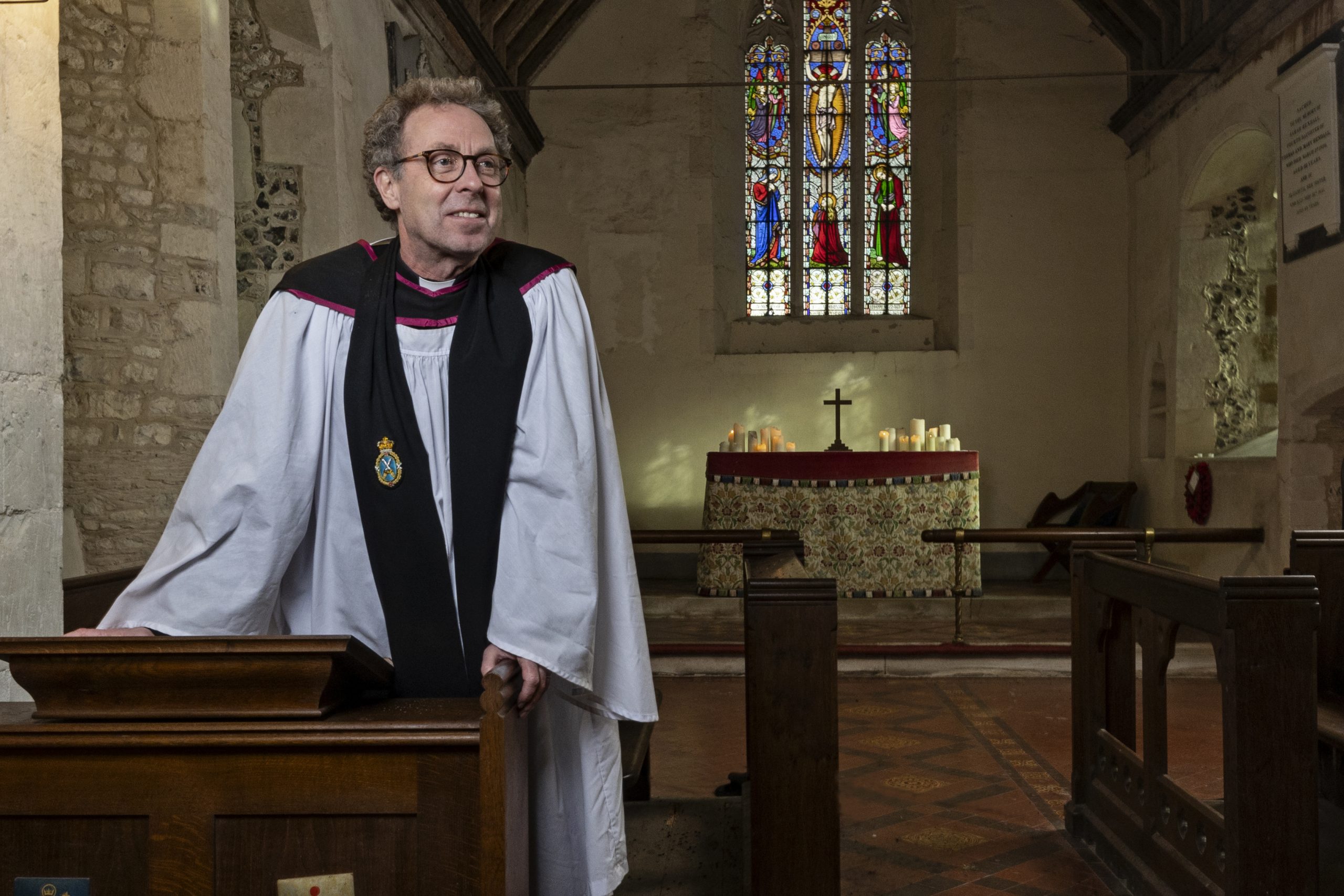 ‘The love we share at Christmas is a refuge. It replenishes our depleted batteries and allows us to go out again into the world’: The 2023 Country Life Christmas message, by Revd Colin Heber-Percy
‘The love we share at Christmas is a refuge. It replenishes our depleted batteries and allows us to go out again into the world’: The 2023 Country Life Christmas message, by Revd Colin Heber-PercyA safe haven, a refuge for rest and relaxation, the place we feel we belong—the concept of ‘home’ differs for each of us. At Christmas, home is so much more than a physical location: it is all around, says the Revd Colin Heber-Percy.
By Rev Dr Colin Heber-Percy
-
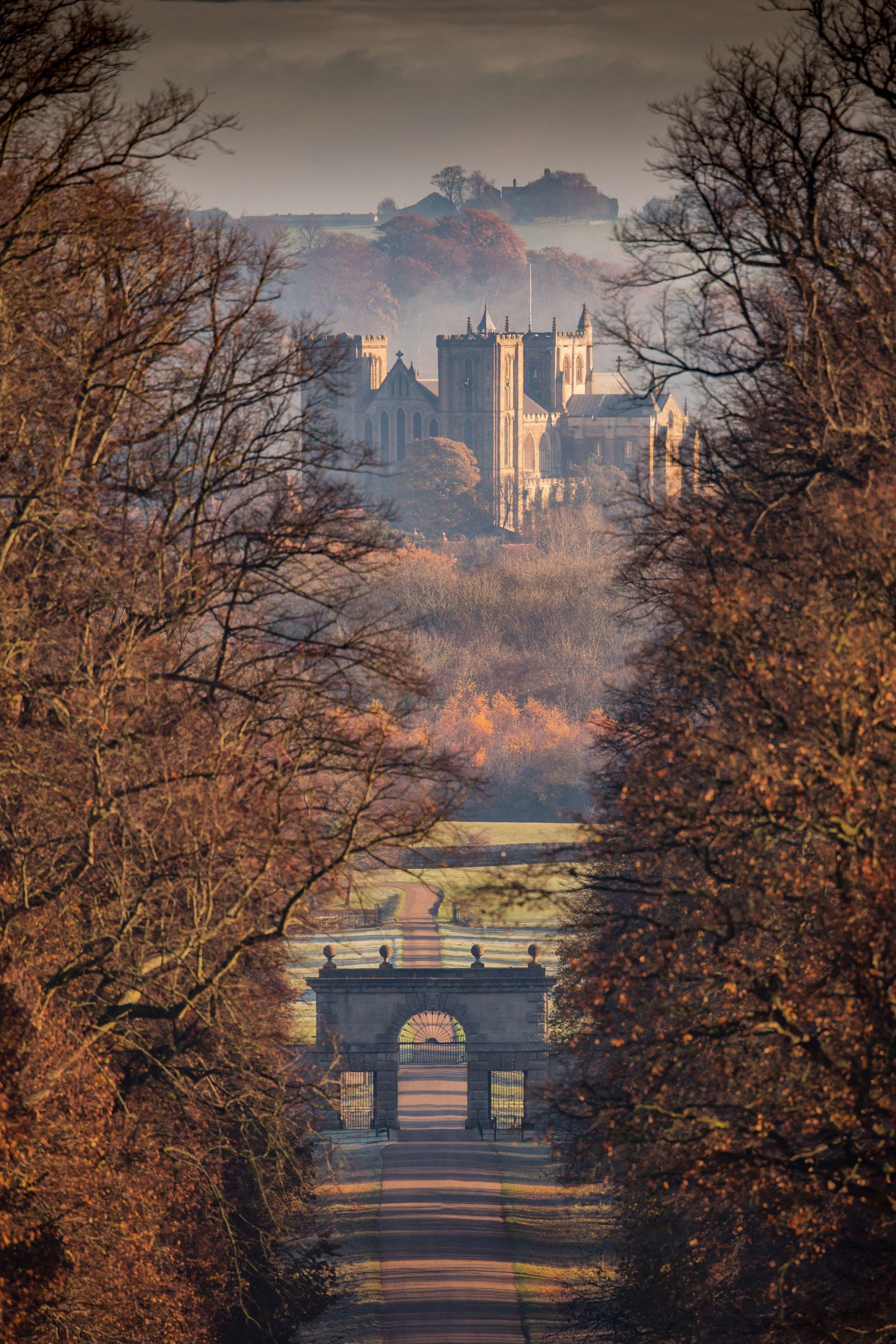 The 2022 Country Life Editor's Christmas Quiz: The Answers
The 2022 Country Life Editor's Christmas Quiz: The AnswersNo peeking!
By Toby Keel
-
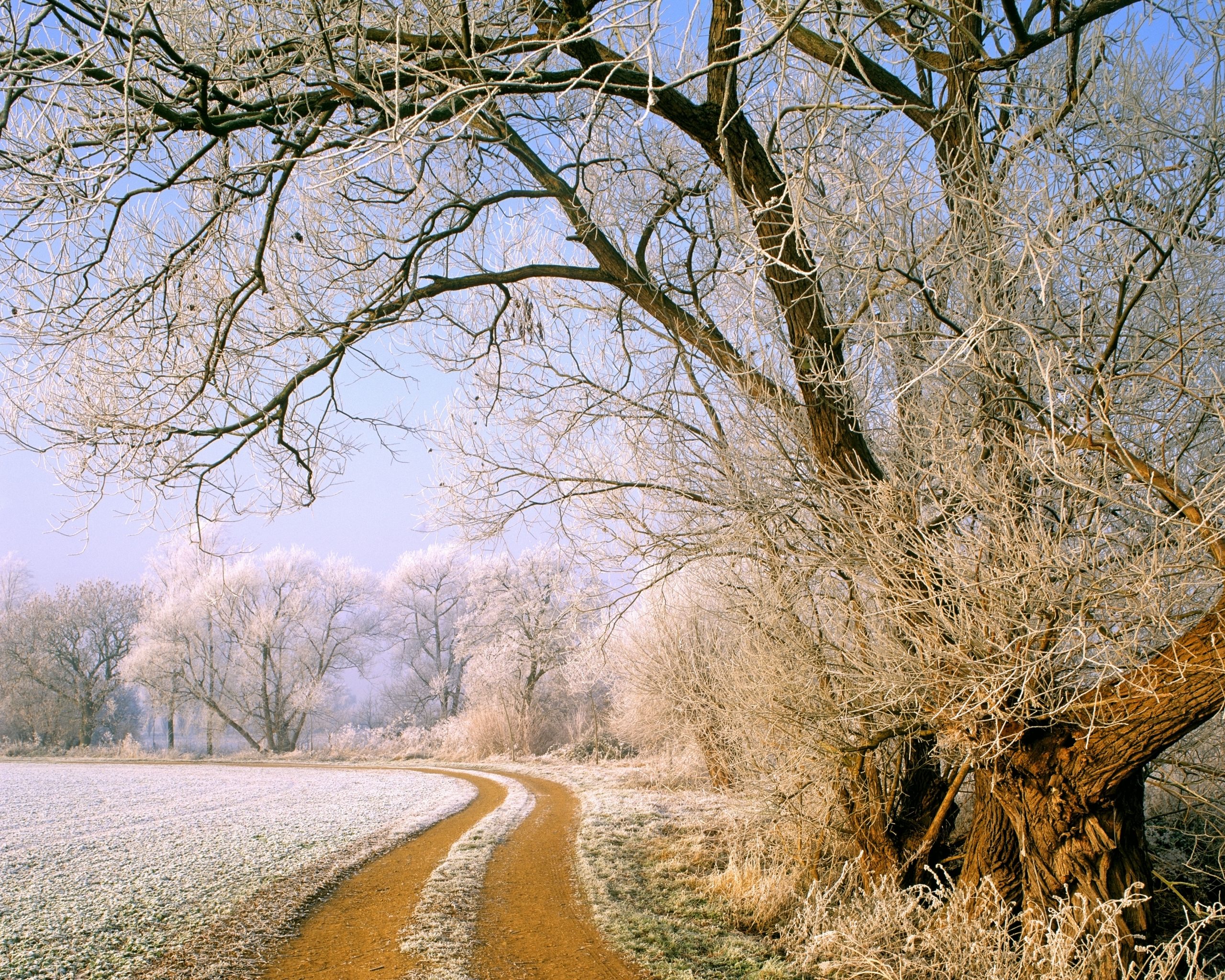 The 2022 Country Life Editor's Christmas Quiz
The 2022 Country Life Editor's Christmas QuizChallenge yourself with our traditional test of knowledge, drawn from all things Country Life, as compiled by Kate Green.
By Kate Green
-
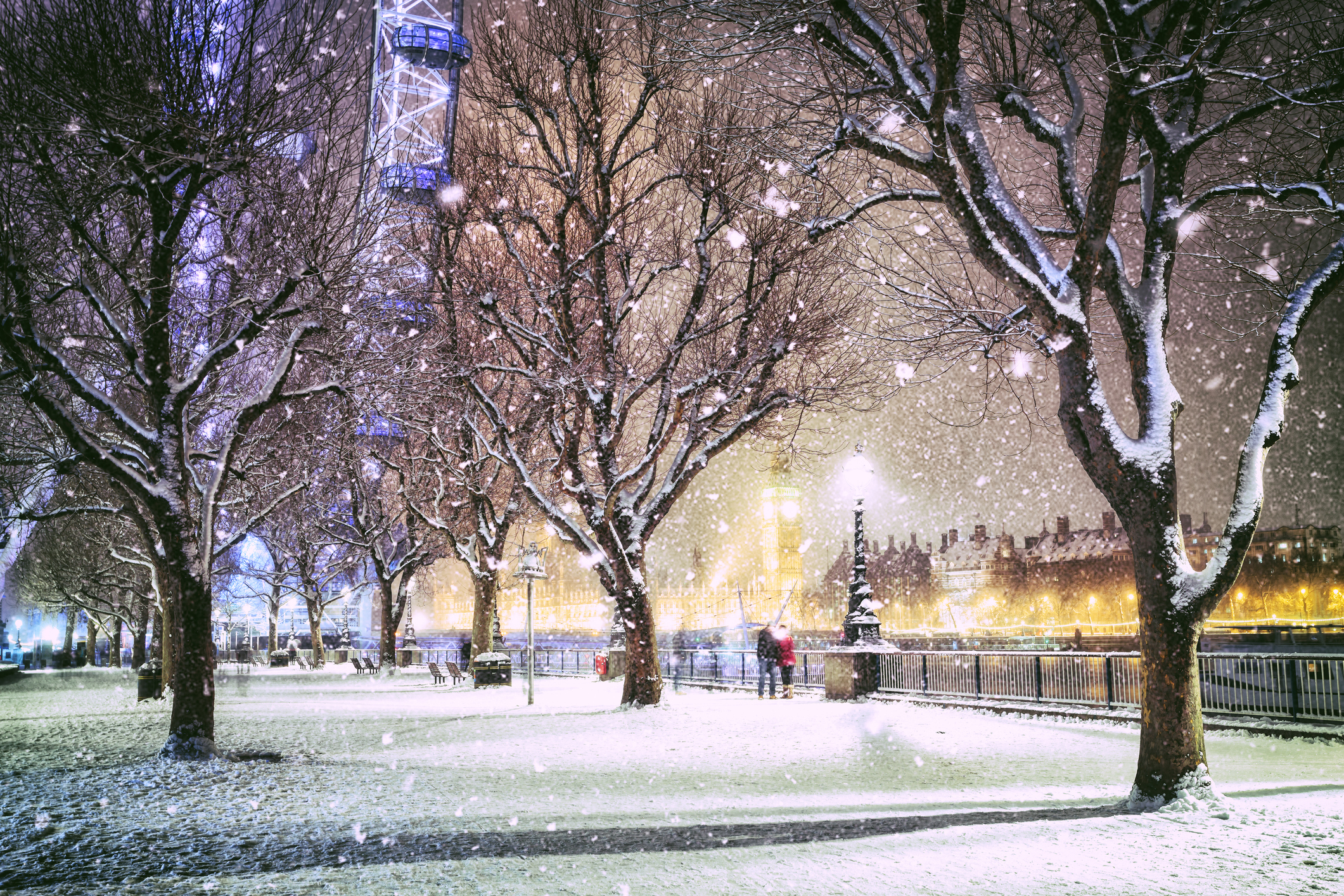 The Country Life Christmas message, by the Revd Lucy Winkett
The Country Life Christmas message, by the Revd Lucy WinkettAs many of us celebrate a simpler Christmas, the Reverend Lucy Winkett is moved by the generosity of those often dealing with their own difficult circumstances and stresses that giving someone your time can be a great gift, too.
By Country Life
-
 Jason Goodwin's books of the year 2022
Jason Goodwin's books of the year 2022Our columnist Jason Goodwin shares the books that have entertained and enlightened him this year.
By Jason Goodwin
-
 Jason Goodwin: I bought a 4lb cheese wrapped in goat skin that looked like a Moomin and brought it 2,500 miles back home. What could go wrong?
Jason Goodwin: I bought a 4lb cheese wrapped in goat skin that looked like a Moomin and brought it 2,500 miles back home. What could go wrong?Our intrepid columnist goes the extra mile to bring a cave-aged Turkish delicacy back to England — only to run in to a group of guests who give him the distinct impression that they'd rather he hadn't bothered.
By Jason Goodwin
-
 Curious Questions: Why are Christmas cracker jokes so corny?
Curious Questions: Why are Christmas cracker jokes so corny?With the dust having settled on Christmas, there is only one question left to ponder: why are the jokes in crackers so intentionally bad? Martin Fone explains all.
By Martin Fone